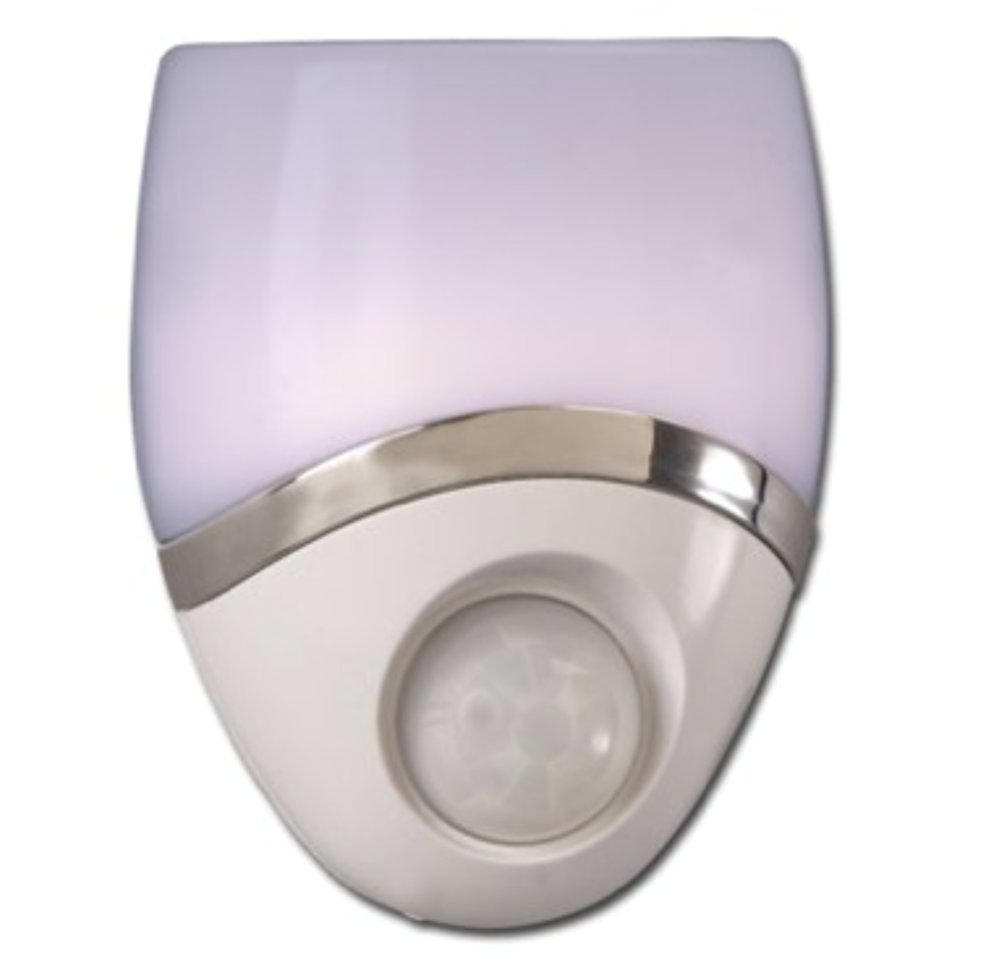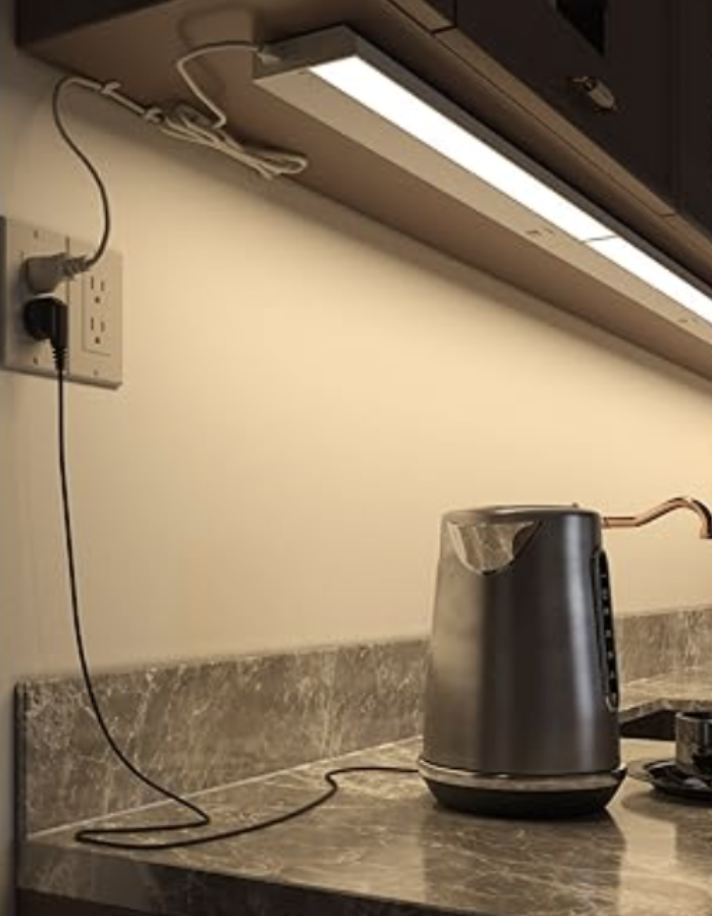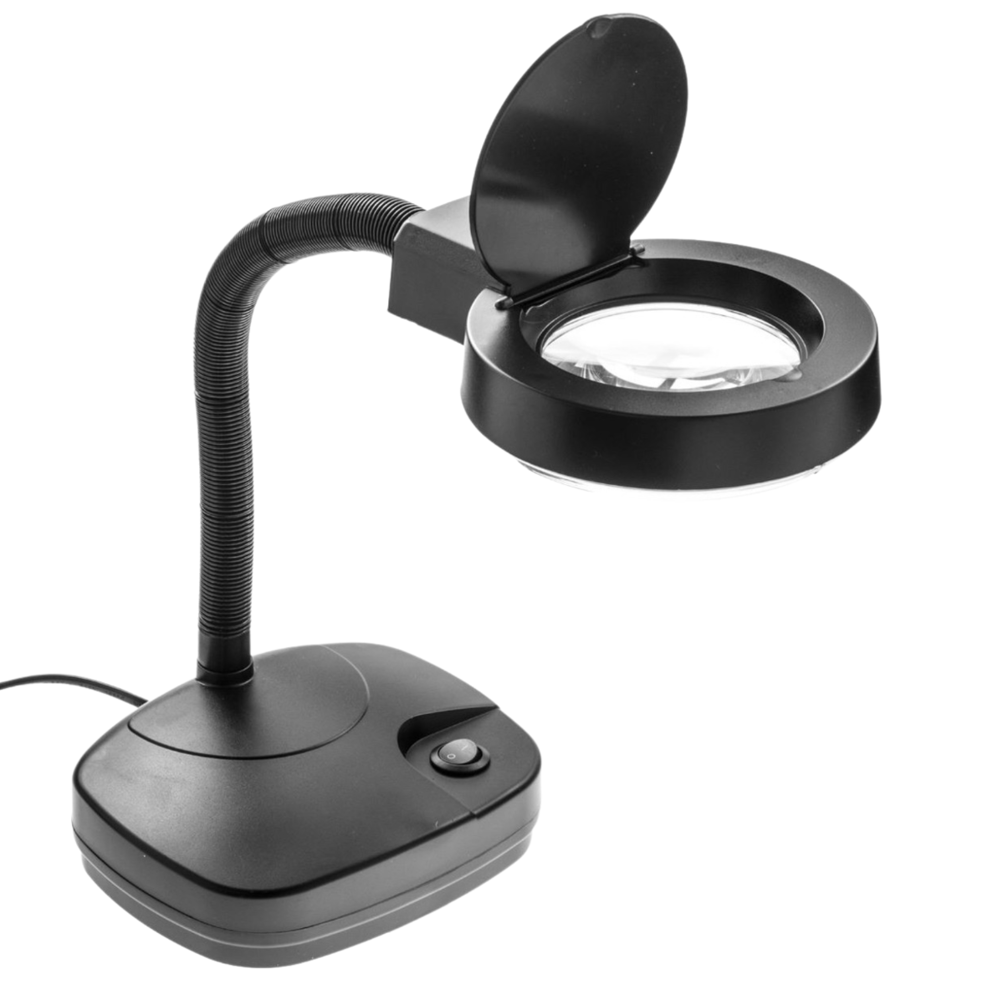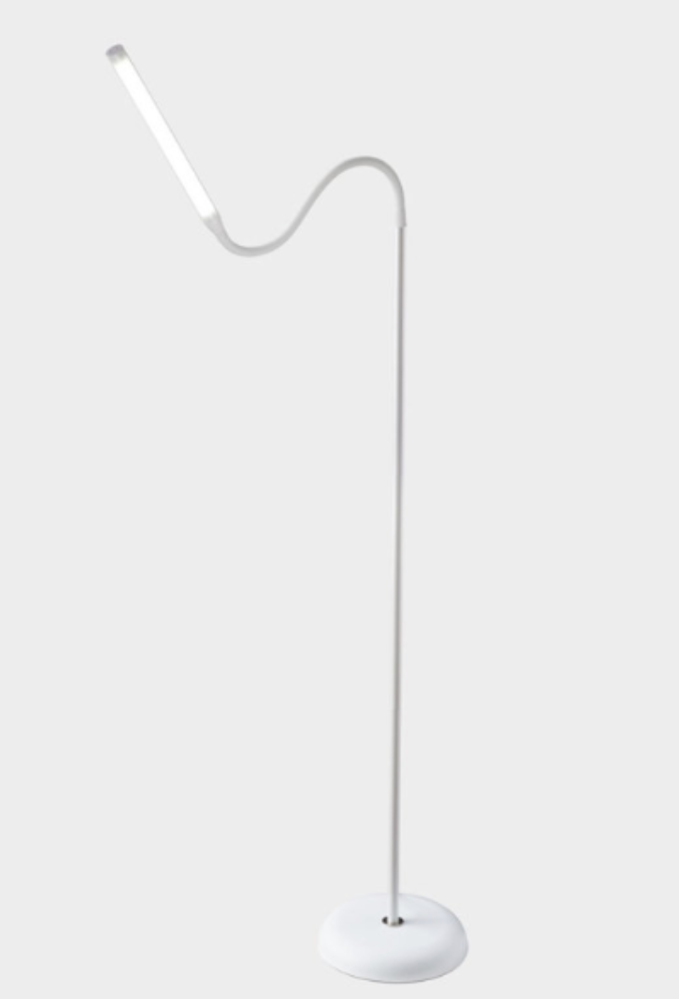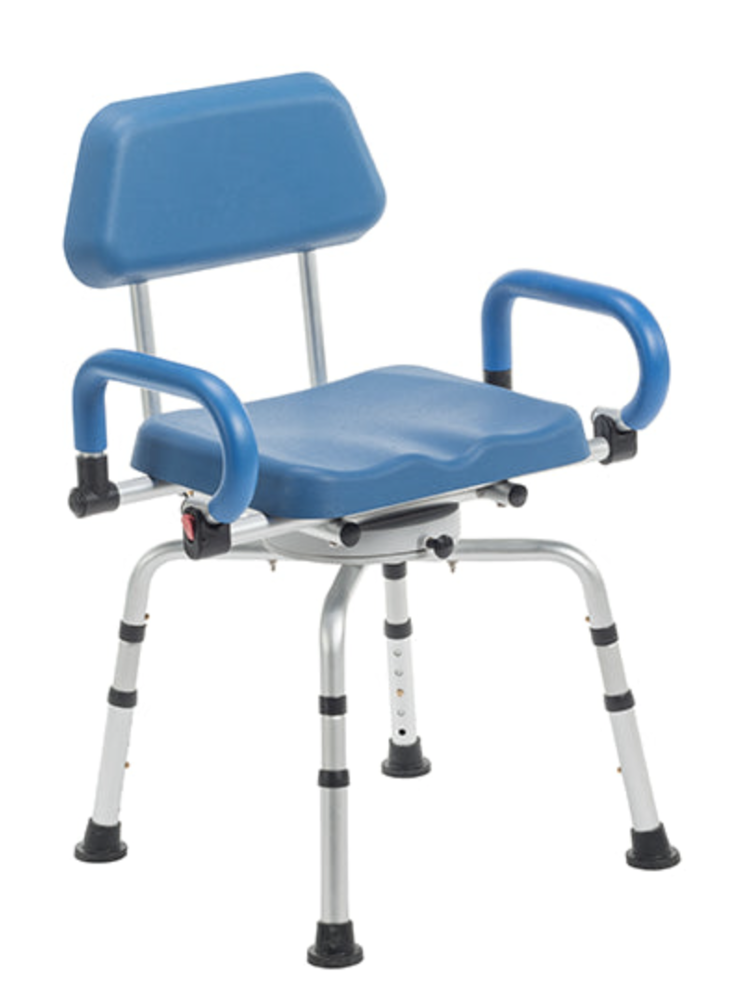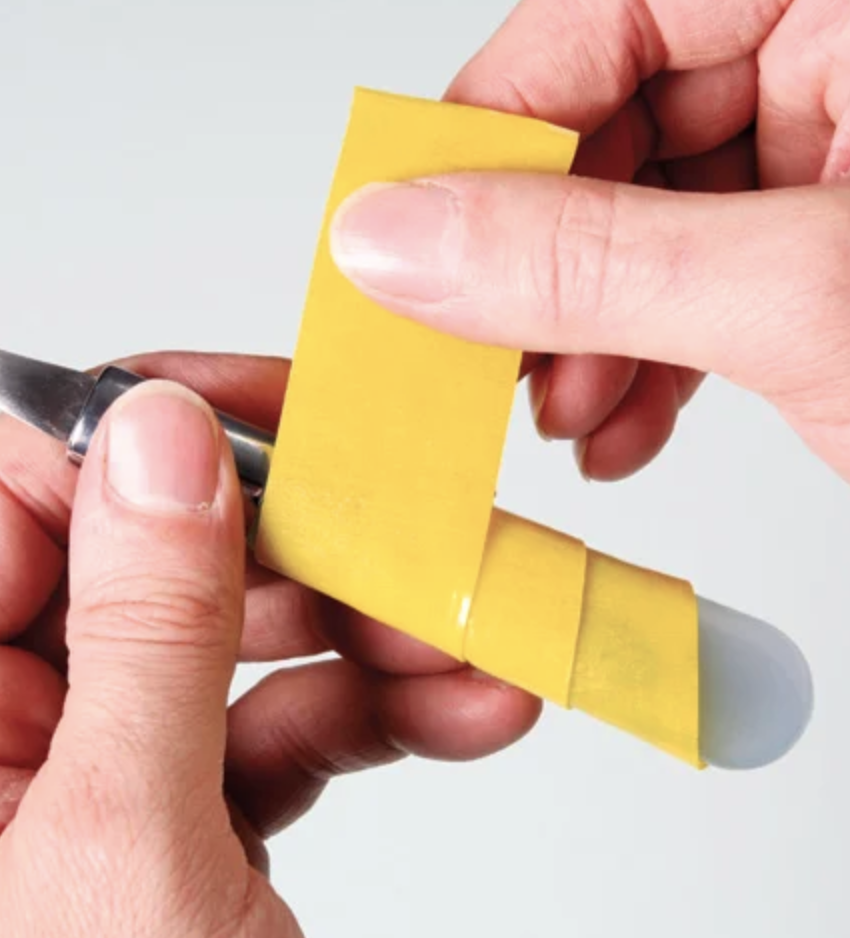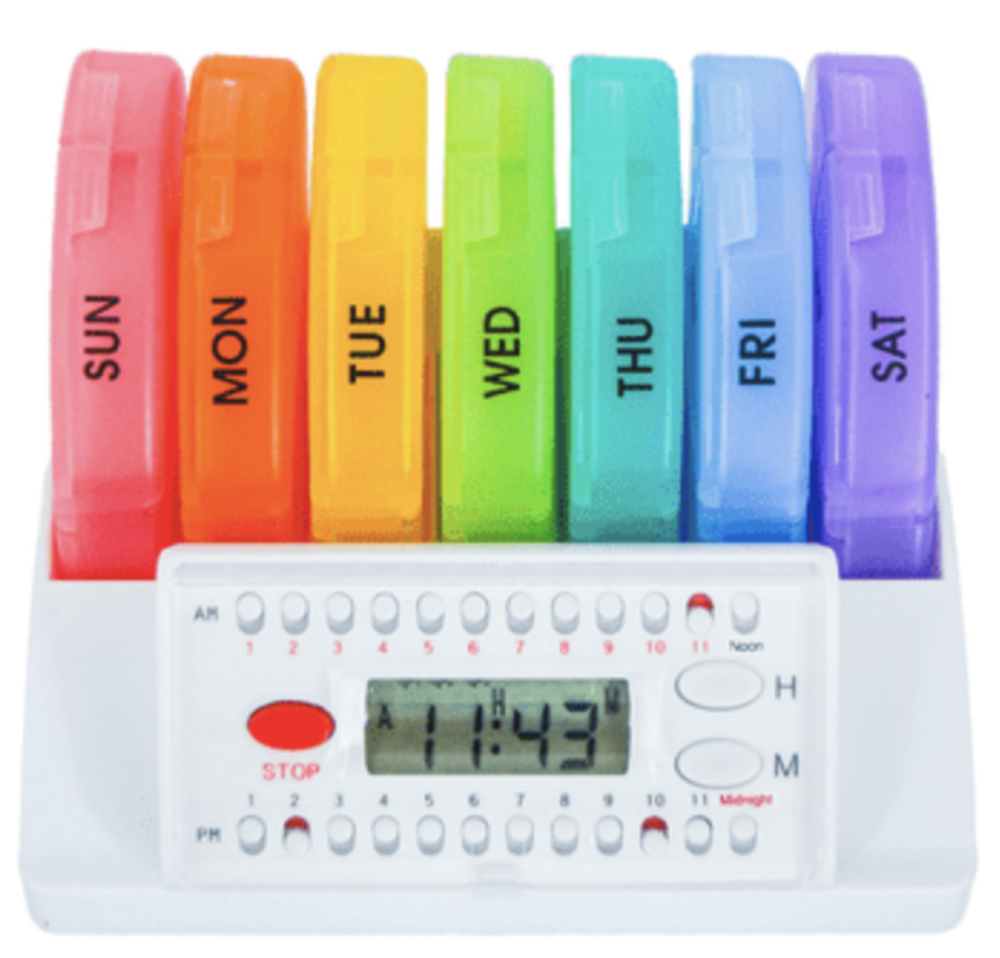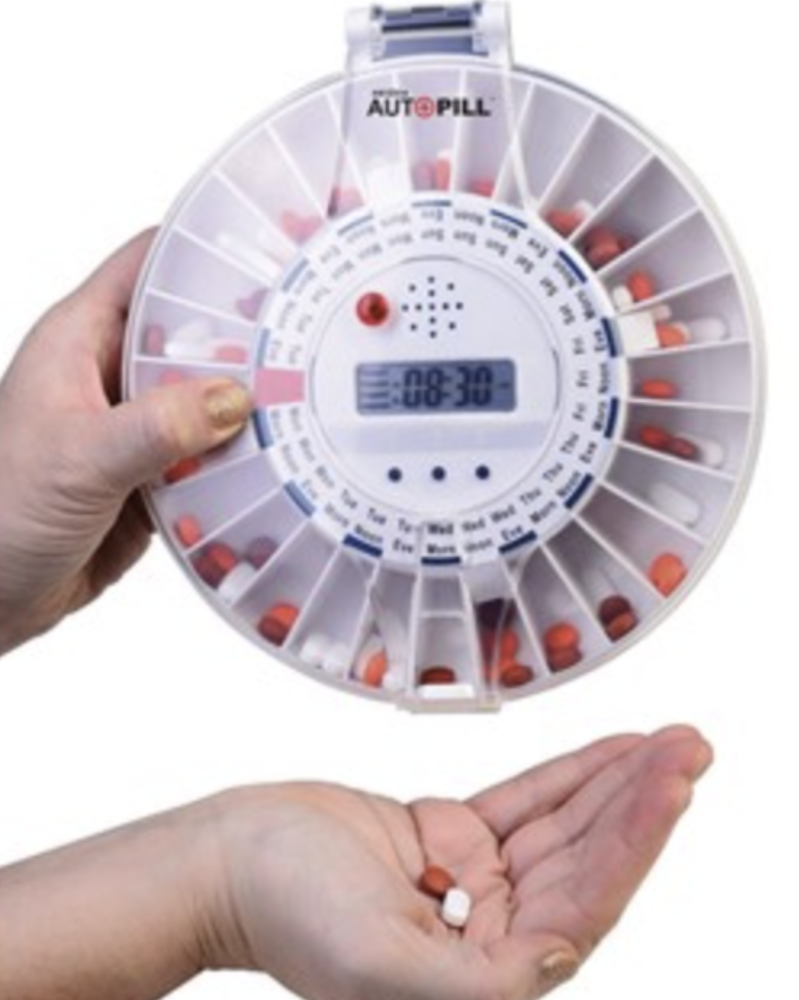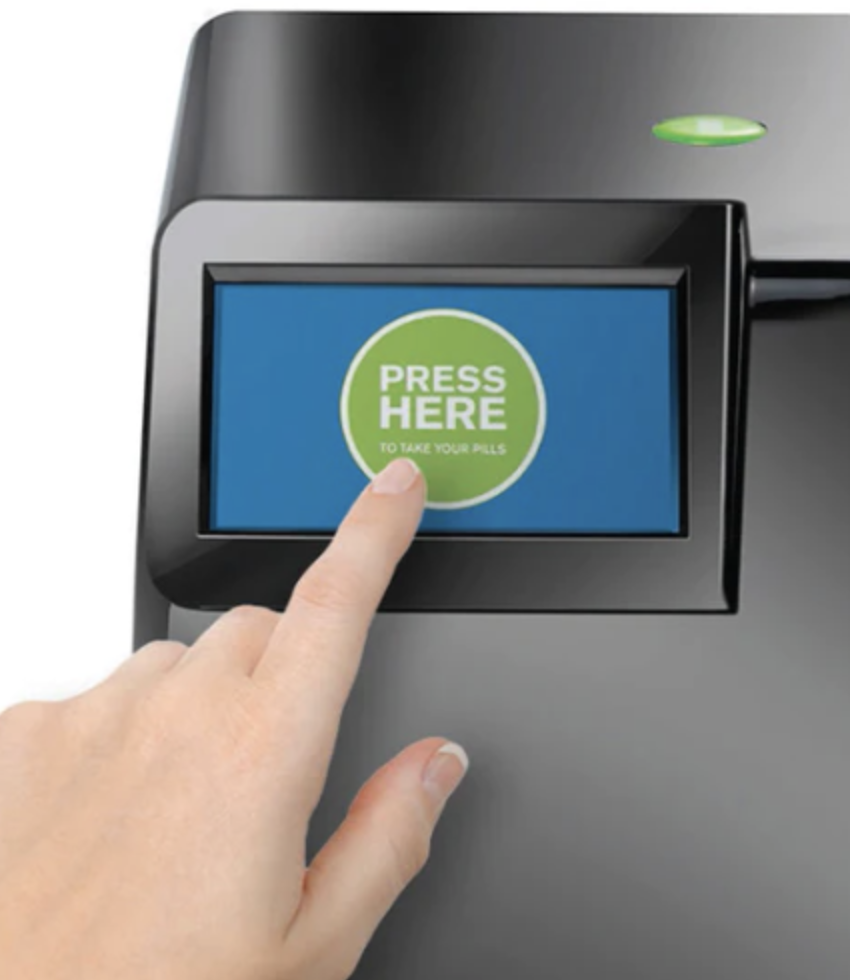February is Low Vision Awareness Month
Eyesightis the most important and complex of the five basic senses that people possess. In fact, researchers estimate that 80% of our perception and interpretation of the world around us stems from our vision.
Unfortunately, as we get older it is normal for our vision to change and age with us. Normal vision changes can be helped through contacts, glasses, and regular Optometrist visits. However, not all vision issues can be easily solved with spectacles.
Visual impairments, and more specifically low vision issues, are ones that do not have an immediate remedy. Low vision makes it difficult to do everyday tasks and activities such as walking outside, driving, and reading. Aging alone does not cause low vision. A variety of eye injuries, brain injuries, and certain genetic disorders can become the catalyst to low vision. This visual disability is more common in elders because the many diseases that cause low vision are more common in older adults.
The type of low vision that you may experience depends on the disease or condition that caused your low vision. Most common types included: Central vision loss, not being able to see things in the center of your vision; Peripherial vision loss, not being able to see things out of the corners of your eyes; Night blindness, not being able to see in low light and lastly blurry or hazy vision.
Did you know approximately 12 million Americans, or 8% of our population, 40 years and older have a vision impairment? Of these 12 million visual impairments, 3 million have low vision. It is expected that by 2030, when the last baby boomers turn 65, the number of Americans who have low vision is projected to reach 5 million.
With such a large population of Americans effectedby visual impairments and low vision, new methods and technology have been created to help people get through their daily lives. Pisces Healthcare Solutions offers a wide variety of lighting products specifically designed to help those with low vision.
If you have low vision, you can find ways to make the most of your vision and keep doing the things you love to do. For minor vision loss, you can do things like use brighter lights and add color contrast at home and work, wear anti-glare sunglasses, and use a magnifying lens for reading and other close-up tasks.
However, if your vision is getting progressively worse and interferes with safety and everyday activities you may need to see a vision rehabilitation specialist who can help you learn more comprehensive compensatory techniques for setting up your environment so you can participate and move around safely.
In honor of February being low vision awareness month, we will highlight some of Pisces Healthcare Solution's best and most innovative low vision products that can become an aid and make a difference to you or a loved one.
Lighting Products:
Those suffering from low vision will find it extremely helpful to have their home well illuminated. Proper lighting can help ensure a safe environment. Having adequate and appropriate light in hallways, stairs, and other pathways throughout your house will help reduce your fall risk. Use a yellow or a soft/warm tone, depending on your visual impairment. Uniform lighting will also help eliminate shadows or dark spaces.
Modern lighting inventions include voice commands, automatic lights, and motion sensors. These lighting options do not require a person experiencing low vision to turn on and off lights, which can be dangerous and counter intuitive. Instead, a simple command, daily timer, or just the motion of a patient moving around will aid in your management of your lights, making the patient’s life more simplified.
Pisces offers the ‘Westek LED Night Light and Motion Sensorlights’. These motion sensor lights are ideal inside of bedrooms, bathrooms, hallways, or any other room within your house that a patient may need access to at night. It can detect movement up to 25 feet away and automatically turns on the light, which will help minimize the risk of falling when attempting to turn normal lights on.
Another form of lighting includes a smaller accent task lightings. Task lighting is vital when working with instruments that can harm or become dangerous for a person with low vision.These lights are installed inspecific high activity task fixtured areas where detailed hobbies are performed, such as reading, cooking, crafting, or working with tools. Without proper lighting, these activities can be dangerous for a person experiencing low vision. Pisces offers the ‘Dimmable LED Under Cabinet Lighting with ETL’ as a featured task lighting. This product is especially used and installed underneath kitchen cabinets to illuminate whatever is being prepared or cooked, ensuring the patient’s safety.
Combine lighting provides an excellent solution for individuals seeking enhanced visibility during their activities. Typically, it consists of a lamp or hand held light featuring a powerful light source and, additionally, includes magnification for tasks that demand close examination, such as reading fine print or engaging in intricate work. Pisces offers a 3.5 X Magnifying Desk Lamp combined lighting that zooms in 3.5x normal eyesight, ensuring its user can get up close and personal with nitty gritty details.
As established previously, adequate home lighting is necessary to keep people experiencing low vision safe. However, a drawback of normal lighting,which is not motion or command required, is the need to physically turn on and off the light source. This can be dangerous for a patient as it will be dark and difficult to see to turn on a light without a reliable light source.
A safer option that does not require patients to reach for tall lamps or feel for light switches are LED Lights and Floor Lamps. LED lights offer bright, energy-efficient illumination that can simulate natural daylight. They come in various color temperatures, so choosing a warmer color temperature may be easier on the eyes. LED Floor lamps with adjustable heads and brightness settings can provide directed lighting for reading or other activities.
Contrast:
Contrast enhancement is crucial for individuals with low vision, as it can increase brightness. This will help patients distinguish objects, texts, and surroundings more easily. Decreases in contrast sensitivity affect a person's ADLs and safety. Here are various contrast options tailored to accommodate low vision:
High Contrast colors: use high-contrast color combinations for objects, furnishings, and surroundings. For instance, using the Dycem Activity blue mat can enhance visibility for a variety of daily tasks and to locate items around the home. Placing a bright color mat on a busy counter to identify medications, under a telephone,in the bathroom under grooming items, and can even be used during mealtime under plates and cups. The mat serves as an anchor and is non-skid.
Additional high contrast options for meal time include a red dining set
As well as, other color options for scoop dishes and inner lip plates. This can help to increase eating and awareness of food on the plate.
For Bath safety, using a color bath seat will increase contrast more than a typical white chair and minimize fall risk when being able to locate the bath seat safely. The 360 Degree Rotating Shower Chair is a great option to ensure a person with low vision is able to get in and out of the tub safely.
Color Coding:
Implement color- coded systems for organization and identification purposes. For example use different colored tape or lables to distinguish between items or designate specific areas. Dycem non-slip self adhesive strips are great to customize and bring attention to household items such as grooming items, utensils and can even place on walkers to identify hand correct hand placement.
Medication systems:
Ensuring patient’s are taking the correct prescribed dose of medications at the correct scheduled times is imperative for maintainingone's health and managing medical conditions effectively. Individuals with low vision face unique challenges in accurately identifying the medications they need, which can as a result have serious consequences for their well-being.
Visual impairment and low vision may hinder the ability to discern pill labels or read dosage instructions, leading to inadvertent errors in medication intake. To address this issue, medication systems, such as pill dispensers equipped with tactile features and audible alarms, offer a great solution. These assistive technologies aid individuals with low vision, by distributing the correct medications and providing timely reminders for said meds.
Incorporating such systems into daily routines will allow individuals with low vision better medication management, and minimize the risks associated with incorrect usage. Here are several medication management systems recommended by Pisces:
As discussed in this blog, low vision and visual impairments can become serious inhibitors for patient’s daily lives. However, modern products have provided great solutions that allow patients to still live a relatively normal life.
Our product offerings of low vision products and assistive technology can help the visually impaired adapt to vision changes and maintain their independence at home, work and community. The above products could be available to Veterans through their VA benefits and if interested in any of the products please discuss them with the VA clinical care team.
If you have questions about any of the above products or any products on our website, please feel free to inquire for further information.
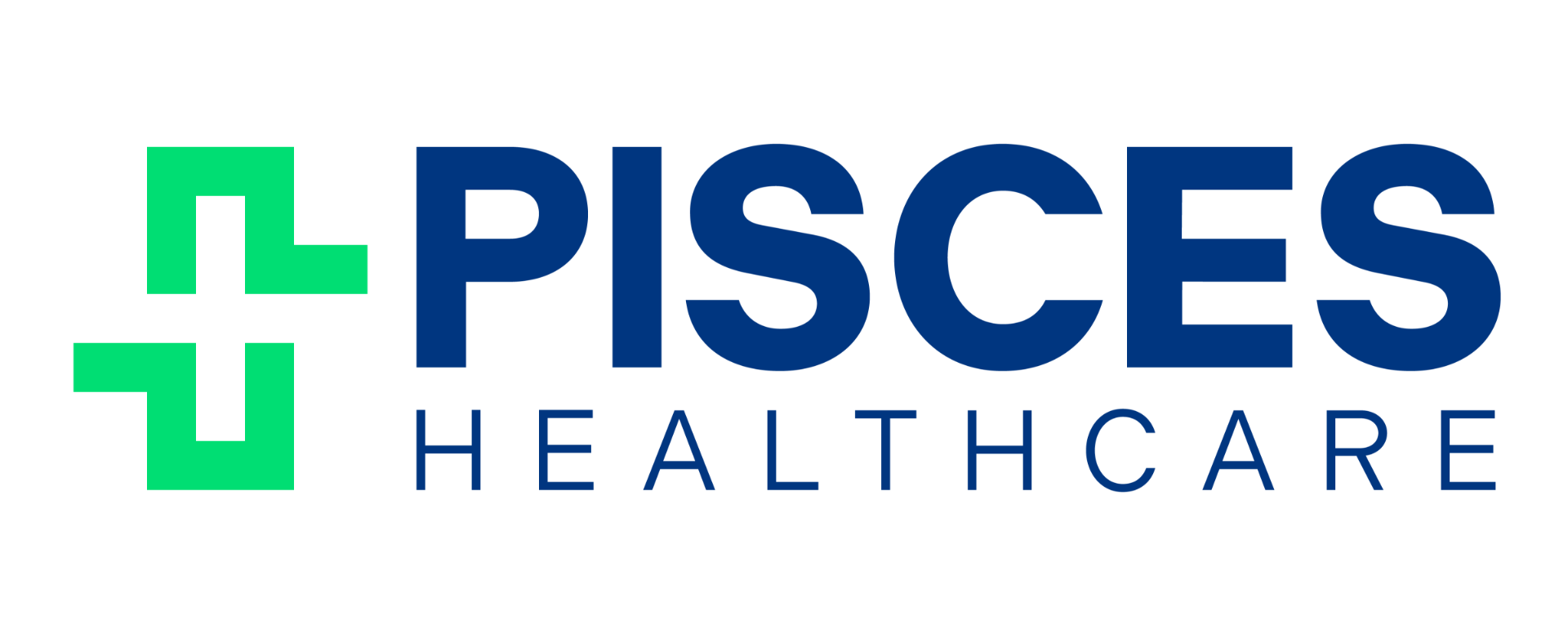
_810.jpeg)
